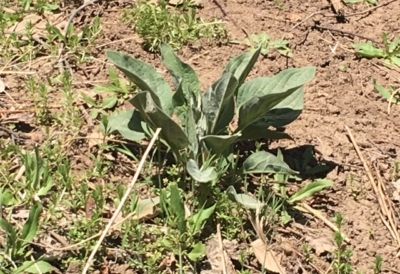Houndstongue Noxious Weed
Houndstongue noxious weed is one of the most poisonous plants to animals. It’s not only extremely dangerous but extremely noxious. This is one of those difficult weeds that will adapt to its 
The Dangers of Houndstongue Noxious Weed
The weed is most dangerous to cattle and horses. Every part of the plant is toxic, including when it has been pulled and when it’s tried. It causes liver disease in animals, which is mostly irreversible after several months of damage. The toxins in the weed causes interference within the cell division, which leads to liver fibrosis and permanent failure.
You’ll likely see severe weight loss in any animals that have been affected. It also damages the nervous system, leading animals yawning excessively and walking in circles. As there is no treatment, animals usually need to euthanized.
Looking Out for this Noxious Weed
Houndstongue noxious weed is a biennial plant that will form rosettes in its first year. The leaves are tongue shaped and hairy, which is where it gets its name. In the second year, the flowers start to form. They are a red-purple color, so they stand out. After that, pyramidal fruits grow and they are extremely sticky, getting stuck on clothing and hair.
You can control this poisonous noxious weed through mechanical and chemical methods. Hand-pulling method is very effective and includes pulling a weed out from the root. You can also use a herbicide. Make sure you use a plastic bag over the head of the flower to prevent the seeds spreading. This will take consistent work, as the weed grows in even the harshest of environments.
If you have a houndstongue noxious weed problem on your property, contact SprayTech, Colorado noxious weed control consultants, for questions about noxious weed control options. (720)248-0000.

